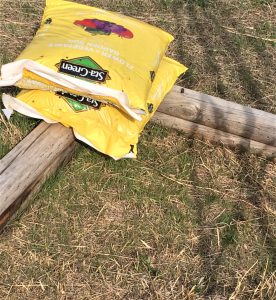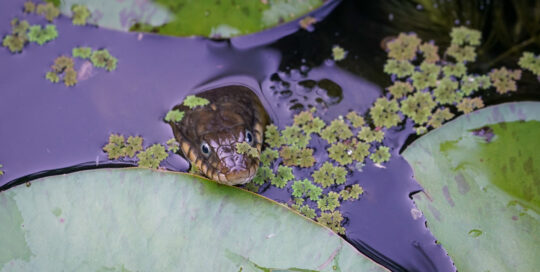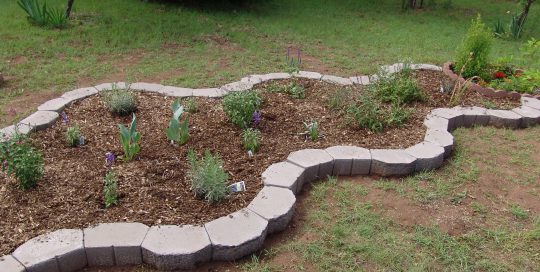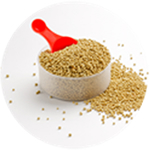Removing Grass for Planting
Views: 2260

Faced with a yard covered in Bermuda and Johnson grasses, I’ve had to decide the best way(s) to establish new, grass-free flower beds and planting areas. Both grasses are non-natives and difficult to remove, spreading by rhizomes and seeds. In the case of Bermuda, by aboveground runners as well.
Four methods I’ve considered are:
- Remove all topsoil (and vegetation) down to a depth of 6-12 inches
- Solarize the areas I wish to kill off
- Cover the areas with landscape fabric and cardboard
- Use an herbicide
There are benefits and drawbacks for each.
Removing Topsoil
Removing all topsoil would be easy if I could hire someone with the proper equipment to do large earth-moving projects, and I was willing to bulldoze my entire yard. I don’t want to bulldoze my yard, and it is too expensive, anyway. Yet, doing it manually with a hoe and shovel is very labor intensive, and I probably couldn’t get larger projects done quickly enough to plant this spring. (As a side note, moderate tilling has been shown to encourage growth of Johnson grass by spreading rhizomes, so that isn’t a good option, either.)
Solarization
Solarization requires covering areas with clear plastic sheeting for long periods of time in hot weather. While it might be effective in the middle of July and August, it isn’t recommended this early in spring, when temperatures may not be sufficient to kill roots that are deeply buried.
Even done correctly, these two methods may fail to get rid of all Bermuda roots, some of which may go as deep as 6 feet. Neither method would allow me to plant things this spring.
Covering with Landscape Fabric/Cardboard
Covering with landscape fabric and cardboard is viable option. I’ve created two small beds utilizing cardboard that have done well already. Adding landscape fabric will continue to protect the beds even after the cardboard has decomposed. I’ll just need to cut small holes in both fabric and cardboard to plant the plants I wish to establish in the beds.
Herbicide
Using an herbicide such as glyphosate, the main ingredient in Roundup®, is the last option I’ve considered. When Oklahoma State University decided to convert several grassy areas on their main campus into native prairie gardens, they sprayed multiple rounds of glyphosate until no more Bermuda grass came up. Then they left the dead grass in place in lieu of mulch. When they planted their prairie natives, they simply dug through the dead Bermuda grass. The method was extremely effective, and the native prairie gardens on the OSU campus are quite beautiful. The herbicide method is the only one that ensures that the Bermuda and Johnson grass is dead all the way down to the deepest roots.
I will use a combination of these methods in my yard depending on my goals and how quickly I need to see results. I can put down landscape paper and cardboard quickly. Spraying herbicide will need a few applications to ensure nothing more is coming up. But these two will be the most effective ways to move forward this spring. Come summer, solarization becomes a viable option for areas I want to plant in fall or next spring.
Meet Leslie Miller
Leslie Ann Miller shares 3.5 acres in rural Oklahoma with birds, butterflies and wide variety of animals. She is currently transforming her yard with plantings…
Leslie's Recent Posts

The Joy of Being a Wildlife Gardener: Wally and Wallaby






